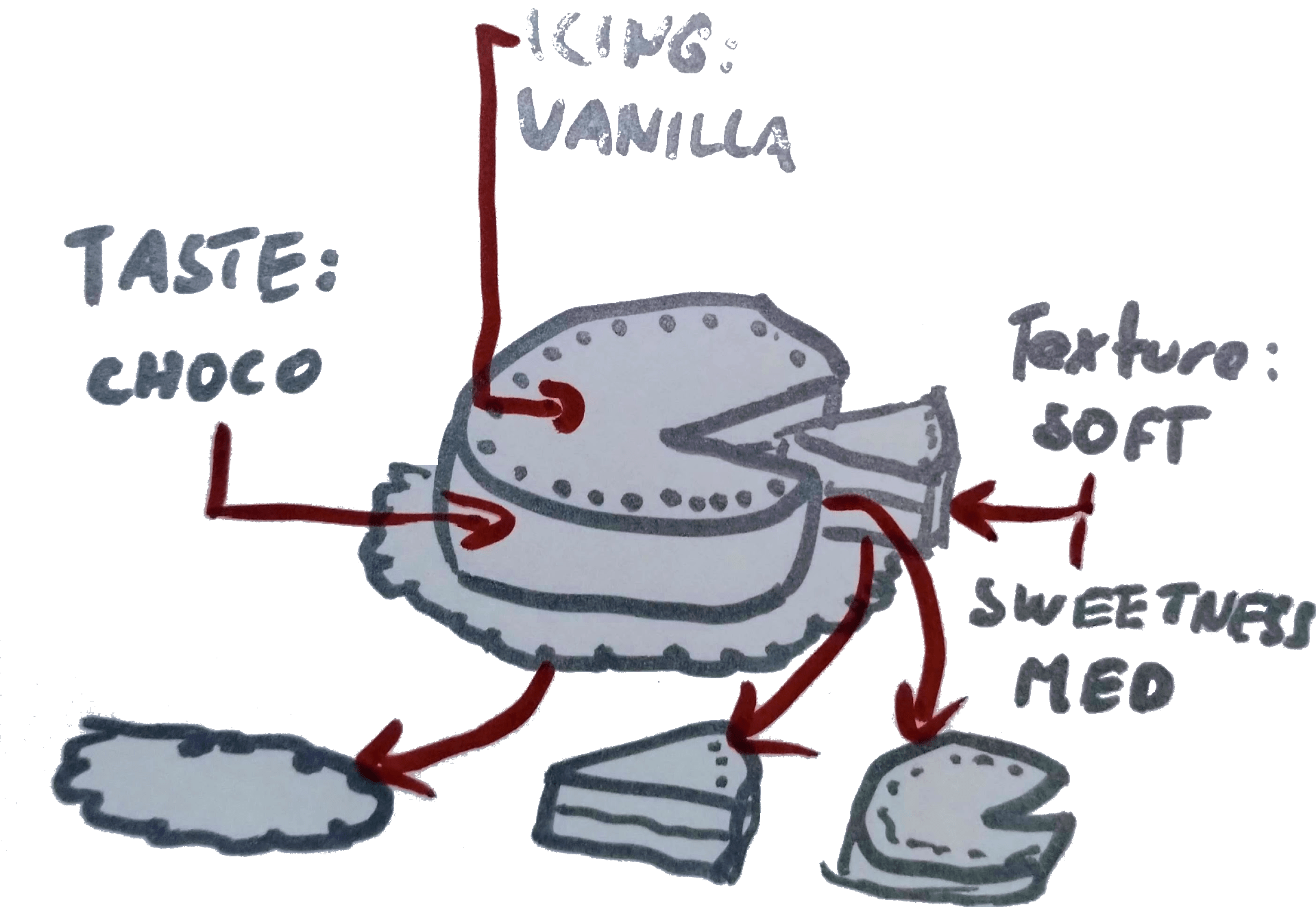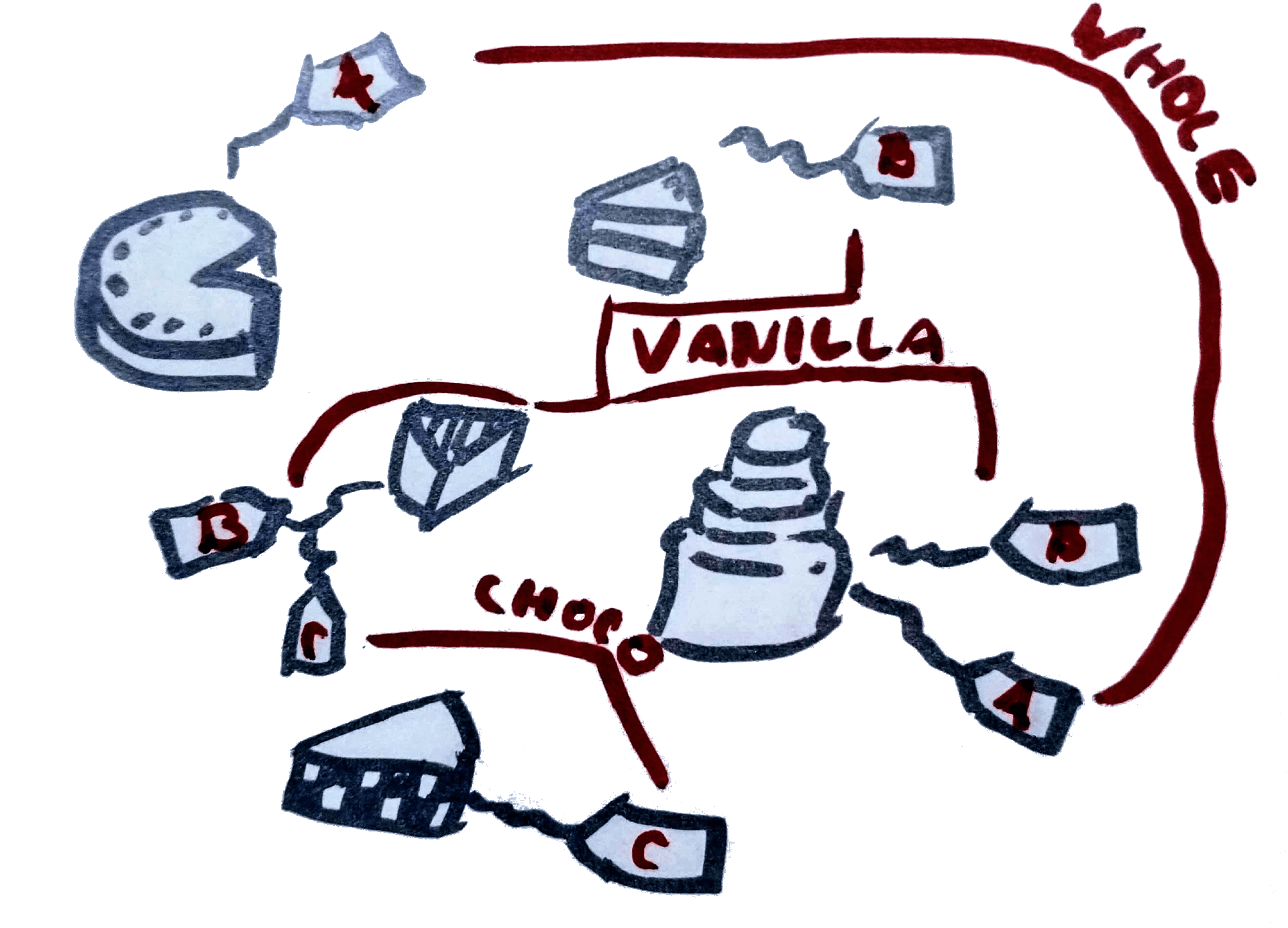Investing in metadata has a high return on investment. You can use it to drive a range of decisions, from high-value business decisions to high fidelity personalized design rules. It’s easy to lose sight of what’s important if it isn’t always in front of you, your employees, and your colleagues.
People’s minds are fallible in keeping context. You know how easy it is to forget what you are doing by just walking through a door. It’s an event boundary. It’s compartmentalization. How many compartments are in everyone’s mind when dealing with mundane day-to-day tasks? E-mail, writing content, orders, coffee, lunch break… How are they supposed to keep your business goals in mind all the time?
I’m a business experience consultant for Kontent, so although this topic may have been covered from a business strategy, content strategy, or other points of view, it’s possible that my exposure to:
- content management,
- development,
- customer support,
- content modeling,
- content strategy,
- content marketing
…might bring unique insights.
What is metadata?
Wikipedia: … a set of data that describes and gives information about other data.
Examples (values):
I’m in development:
External ID (GUID), Theme (light, dark), Layout (right aligned, left aligned, 3 columns…), User agent (Mozilla/5.0, Opera/9.80…)
I’m in SEO:
Keywords (comma separated values), Description (text), Title (text)
I’m in marketing:
Persona (Technical, Business)
I’m in UX:
Customer journey stage (Awareness, Consideration, Acquisition, Service, Loyalty)
I’m in sales:
Market segment (Enterprise, Mid, Consumer-market)
Everyone cares in one form or another about metadata. Yes, it’s a different set of metadata, but it’s used throughout a business, supporting its business goals.
How does a business work?
The business always has an end goal. And every business needs to have access to channels (market places, audiences, consumers) to get to its goal. The universally targeted channel is the web. A simplified view could be:

As you might expect, it’s not as straightforward as this. Highly successful companies have a framework for success and are investing their resources in a targeted fashion to support their goals. To illustrate different layers of support, the result of such a framework could look the following way.

This framework has multiple layers, but there is common metadata that can bind these layers together. More on that in a bit, but let’s map the metadata examples I’ve listed at the beginning to this framework.
Metadata needs of individual layers
Metadata needs are sprinkled throughout the layers supporting your goals and thus business. On the surface of it, these metadata needs are very different.

I want to propose this doesn’t have to be the case. It might be only about naming and comprehension.
There are only two hard things in Computer Science: cache invalidation and naming things.
— Phil Karlton
Yes, there will be specific metadata requirements for each layer. Still, with education, cross-team communication, and key stakeholder buy-in, many of these can be simplified, removed, unified, auto-generated, or left in the competency of pre-defined rules.
This is, of course, not trivial.
I’ll assume you agree that metadata is needed in one form or another. If a business sees value in this approach, it’s wise to invest in the more stable parts of this framework. This way, the work it does on metadata discovery is more lasting.

As you proceed down through the layers, the framework becomes more stable. So, let’s invest where there is a high return on investment. Let’s invest in the bottom layers and what connects these layers. Let’s invest in useful metadata.
Useful metadata
What’s useful?
…it’s able to be used for a practical purpose or in several ways.
Everyone will argue their metadata category is the most useful one, but how about unifying different metadata categories. If you unify the understanding of what these categories mean, you get one or only a few important metadata categories. So, in the end, everyone agrees that the one (or few) categories are the most useful ones.
In an ideal scenario, you’d have one metadata category, maybe a global taxonomy, driving all needed use cases where metadata is needed. That would be one infinitely useful metadata category.
This taxonomy, classification, or metadata definition will be business-specific, so this concept might not resonate with you yet. Let me try an example, even though it might not fit your business. Any example is better than no example at all.
Useful metadata example
Thank you for reading this far. A quick check-in: I’m trying to find some stable metadata that can be used across all support layers. From my previously proposed layers, I should focus on Personas, Goals, Tasks.

My fake business, Healthscious, sells health insurance. Let the metadata categories be:
🙎♀Personas: Heather — Health conscious, Justin — Just enjoying life
🎯Customer goals: Get the best coverage, Get the best value coverage
✅Tasks: Redeem a claim, Find my coverage, Add new family member
💵Business goals: Sell top tier coverage to low-risk individuals, Retain existing business
🎢Customer journey: Awareness, Consideration, Acquisition, Service, Loyalty
You can create separate categories for each above line, but there is more. You can already think about the second level of metadata, connecting these categories together.
These could be:
Lifestyle: Healthy, Fun, Laid-back
Mood: Joyful, Optimistic, Reflective, Annoyed, Distressed
So now, instead of thinking about 🙎♀️ Personas as a separate, assignable taxonomy, you can craft a persona based on this second-level metadata:
Heather: Healthy, Reflective, Optimistic
A similar exercise can be done with the ✅Task category:
Add a new family member: Joyful, Optimistic
By continuing with this exercise, you are creating meaningful metadata. It’s meaningful because it’s applicable in a range of use-cases. You are also creating meaningful semantic relationships between data, documents, and content in general.
This will help you personalize customer experiences independently on the presentation channel.
For developers, it will be easy to retrieve all relevant data tagged with the appropriate 🎢Customer journey phase for a customer looking to Add a new family member. But this data has to be tagged with the relevant taxonomy term during the content crafting process.
You may think, that’s great, but what about all the other metadata my stakeholders need. My marketer wants to change the background color to 🔵blue.
Nothing is easier if there is sufficient context.
Giving context
You need to explain what your taxonomies are, what they represent, and how they empower everyone in everyday decisions. This is the only way to empower all your stakeholders.
You have to explain things first.
That includes internally evangelizing the benefits of focusing on more stable metadata categories how they connect to the business and customer needs.
The next step is to connect these useful metadata terms to each stakeholder’s work tasks. This could mean that if the marketer selects the tag Joyful, the theme (maybe even mood board) used across your channels changes to 🔵blue for that particular piece of content.🟡Yellow would be used if the ✅Task falls into the Annoyed category.
Voila, you’ve empowered your marketer to be able to change the button color to blue without over-engineering of your upper support layers.

Developers will love this as well, as you’ll end up with a library of reusable components with identical or similar behavior without the need to deal with inconsistencies or stylesheet overriding exceptions.
What is, however, very much needed is content crafting and behavior guidelines. The term Joyful needs to be associated with the color blue; otherwise, this setup won’t work.
Continuous internal evangelization, explanation, and onboarding onto these concepts is key.
Summary
Investing in useful metadata pays off in several ways for a business. You may think this example is irrelevant, and you are happy for each stakeholder to make their own siloed decisions. This will lead to inconsistencies without a business-wide agreed-upon taxonomy helping to drive decisions.
This article covers a tiny slice of a broad subject. Other things which I could have touched on are:
- finding all content/data for a given topic,
- pushing customers through the customer journey,
- showing relevant support information,
- converting leads,
- helping customers to achieve their goals,
- being able to connect specific documents and content to business goals,
- discovering best selling metadata,
- creating reports on which metadata categories are most successful in converting leads…
This illustrates the ability of stable metadata definitions to drive less obvious parts of the business. I may have committed logical fallacies, oversimplification, and the like, which I’d love to improve on, so please leave a comment below.
You can also dive deeper into how exactly a global taxonomy helps deliver business and customer value in day-to-day tasks.
Happy to chat, connect or discuss use cases on Twitter or LinkedIn as well!




